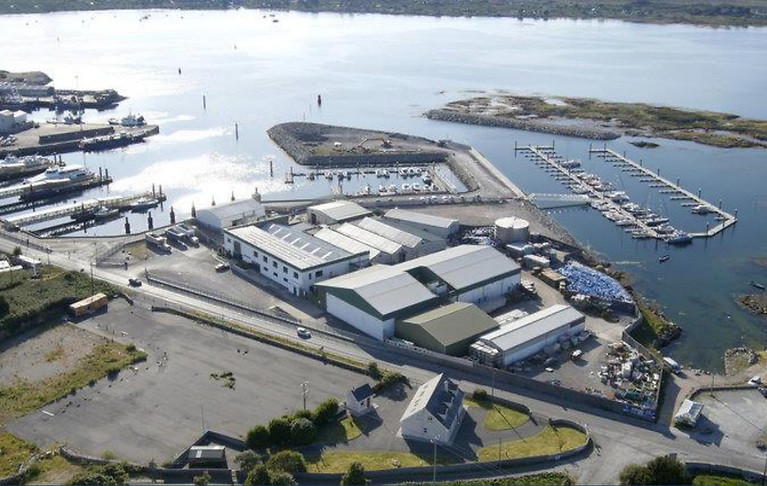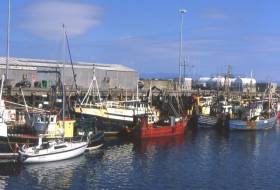Displaying items by tag: Ros a Mhil
Galway County Council has refused to extend planning permission for a new quay at Ros a Mhíl, as work had yet to begin on the multi-million euro harbour project.
The Department of Agriculture, Food & The Marine received approval for a new deep water quay at the Ros a Mhíl Fishery Harbour Centre back in 2018.
The current planning permission is not due to expire until April of 2023, but the Department is already seeking a five year extension of that approval.
In the application submitted in April, it was stated that work was due to begin in May, with an estimated completion date of July 2024.
The requirement for ‘substantial works’ to have been carried out in order to grant an EOD comes under new planning regulations which came into force last September.
This is not a major setback for the project, as with work expected to commence this summer, there will still be time to submit another Extension of Duration application later this year, or in early 2023.
Galway Daily has more on the story.
Ros A Mhil's New Deep Water Quay Project Approved
#IrishHarbours - Ros a Mhil in Connemara, is to get a new deep water quay, now that Galway county council has approved for the project.
According to Galway Bay Fm, the Department of the Marine has secured planning permission for the quay which will provide 200 metres of outside berthing frontage at the harbour.
The development at the harbour in Ros a Mhil will also include the construction of a reclamation area which will provide a hard surfaced link to the existing onshore.
The project will also include low concrete sea walls and an access road.
The development is subject to 6 planning conditions, including a stipulation that the Martello Tower be closely monitored before and during construction.
This is to conserve the architectural heritage of the area.
Also archeological monitoring must be undertaken during the construction phase.
Funding For New Slipway At Ros A Mhil, Connemara
#Fishing - Funding for a new slipway has been allocated for the harbour at Ros a Mhil in Connemara.
According to Galway Bay FM, it’s part of a 27.9 million euro fund for 2018 Capital projects at Ireland’s six fishery harbour centres.
Minister for Agriculture, Food and the Marine, Michael Creed has announced the funding for Ros a Mhil, Howth, Castletownbere, Dingle, Dunmore East and Killybegs.
The funds which will provide for a new slipway in Ros a Mhil, a small craft harbour welfare building, deep water quay preparation, safety and maintenance and disability access.































































